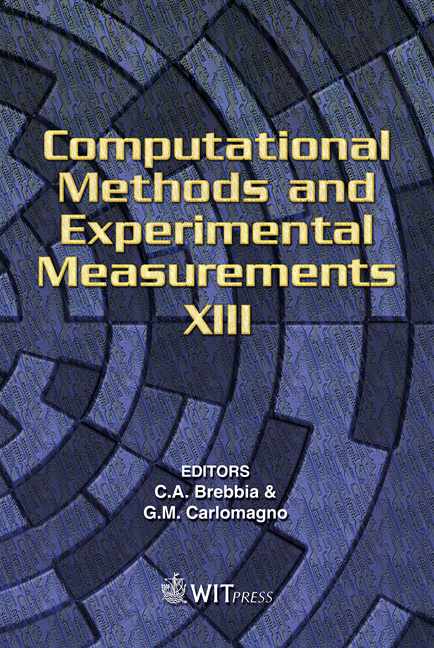Methodology For The Manufacture Of Smart Composites With Thermoplastic Matrix
Price
Free (open access)
Transaction
Volume
46
Pages
12
Published
2007
Size
661 kb
Paper DOI
10.2495/CMEM070591
Copyright
WIT Press
Author(s)
L. Elsoufi, K. Khalil, R. Lachat, W. Charon & M. Zoaeter
Abstract
The adaptable mechanical structures in the form of Shell have found large developments and use in many applications, especially in the field of smart structures where the piezoelectric components are used as actuators and sensors. Many functional constraints prevent the control of a structure by elements reported on the surfaces of the object. Thus, the piezoelectric components necessary for the control of the structures will be integrated into this, i.e., in material, even the material of the wall. Certain work describes the manner and the performances of structures by using composite materials with thermoset matrices as structural support and piezoelectric components as the actuator or sensor elements. The current difficulties in recycling the thermoset materials are hindering the industrial development of such structures. For this reason, we propose to use composites with a thermoplastic matrix. Unfortunately, the current processes of achieving models in smart thermoplastic structures are not directly exploitable for the integration of components such as the piezoelectric actuators and sensors which are fragile and sensitive to temperature. This work evaluates the sizes typically reached in the process transformations of such composites with a thermoplastic matrix in order to be able to establish the behavior models for the realized structures. A thermo-mechanic testing method using dynamic mechanical analysis (DMA) is also proposed. Keywords: smart thermoplastic manufacturing, cooling rate, thermoplastic filling time, PZT sensor, piezoelectric properties degradation.
Keywords
smart thermoplastic manufacturing, cooling rate, thermoplastic filling time, PZT sensor, piezoelectric properties degradation.





